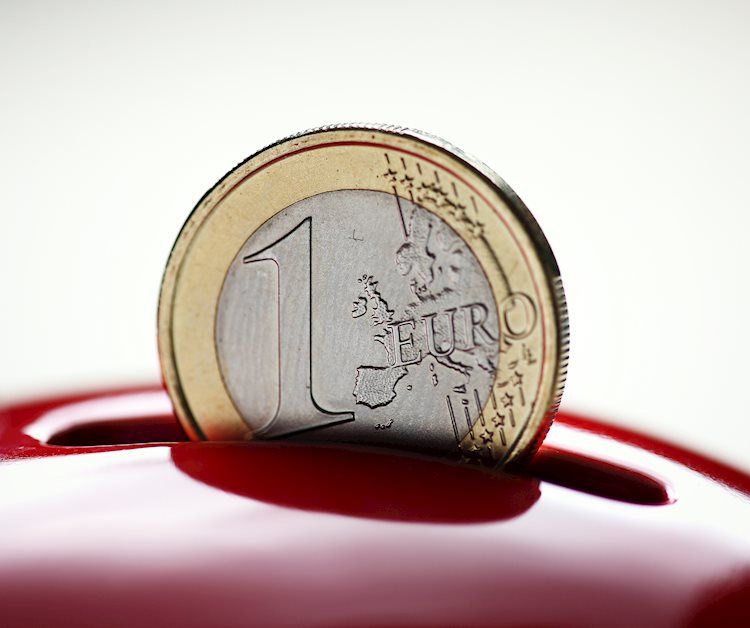The EUR/USD pair is currently trading near 1.1055 in the early European session on Monday, showing mild gains and breaking a three-day losing streak. The US Federal Reserve’s dovish stance has weakened the Greenback, providing support to EUR/USD. The market is now anticipating a 25 basis points rate cut by the Fed in September, with a 70% probability, while a 50 bps reduction stands at 30%, according to CME FedWatch tool. The focus will be on US employment data on Friday for further clarity on potential rate cuts in September.
Technically, the EUR/USD pair maintains a bullish outlook as it holds above the key 100-day Exponential Moving Averages (EMA) on the daily timeframe. Despite this, there is potential for further consolidation as the 14-day Relative Strength Index (RSI) is hovering around the midline, indicating neutral momentum. The immediate resistance level is at 1.1185, with further hurdles at 1.1230 and 1.1275. On the downside, the key support level is at 1.1000, with additional levels at 1.0950, 1.0893 (100-day EMA), and 1.0863 (lower Bollinger Band).
The Euro is the currency for 20 European Union countries in the Eurozone and is the second most traded currency in the world after the US Dollar. EUR/USD is the most traded currency pair globally, accounting for around 30% of all transactions. The European Central Bank (ECB) in Frankfurt, Germany, is the reserve bank for the Eurozone and is responsible for setting interest rates and managing monetary policy. The ECB’s primary mandate is to maintain price stability by controlling inflation or stimulating growth through interest rate adjustments.
Eurozone inflation data, measured by the Harmonized Index of Consumer Prices (HICP), is a key metric for the Euro. High inflation may lead the ECB to raise interest rates to control it, benefiting the Euro. Economic indicators such as GDP, PMIs, employment, and consumer sentiment surveys also influence the Euro’s direction. A strong economy attracts foreign investment and could prompt the ECB to raise interest rates, strengthening the Euro. Conversely, weak economic data can lead to a decline in the Euro’s value.
Trade Balance data release is another important indicator for the Euro, measuring the difference between exports and imports. A positive Trade Balance boosts a currency as it indicates high demand for exports, while a negative balance weakens a currency. Data from the four largest Eurozone economies (Germany, France, Italy, Spain) are particularly crucial as they account for 75% of the Eurozone’s economy. Monitoring these economic indicators can provide insights into the health of the Euro and its potential movement in the forex market.











